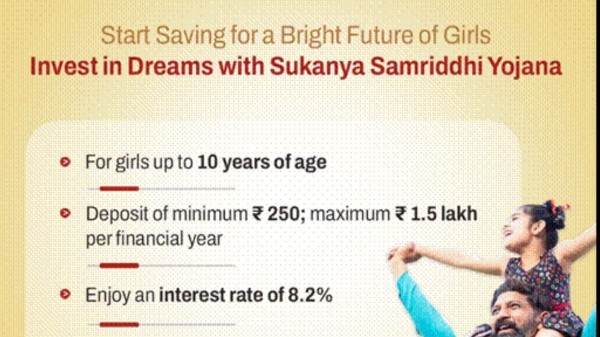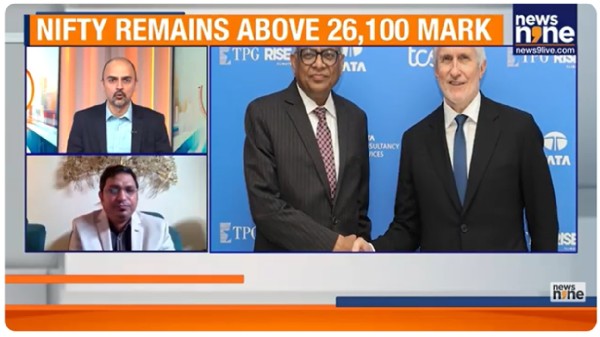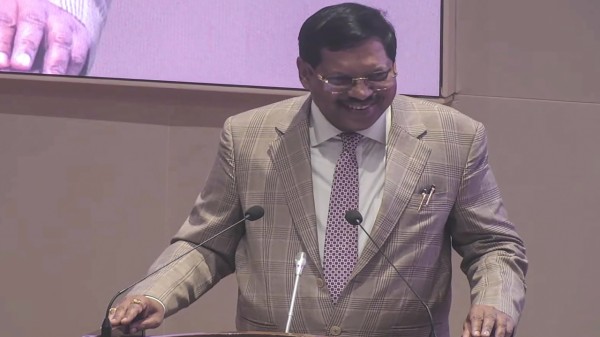

By signing in or creating an account, you agree with Associated Broadcasting Company's Terms & Conditions and Privacy Policy.


By signing in or creating an account, you agree with Associated Broadcasting Company's Terms & Conditions and Privacy Policy.

Kolkata: That there is a digital lending boom in India over the past few years is well known. What is not so well known is that an arrangement known as Default Loss Guarantee (DLG) lay at the heart of this boom. In other words, DLG actively catalysed the quick growth in this sector. DLG quickly came to represent a crutch on which the credit expansion took place -- it led to a situation where the fintech units which operate as lending service providers would offer such guarantees to the NBFCs. Thus the fintech entities would cover a portion of potential losses to the loan accounts should a default take place. This cushion helped NBFCs to aggressively woo a large number of borrowers.
Recently, the Reserve Bank of India stipulated that finance companies can no longer utilise the default loss guarantees offered by their fintech partners when such accounts become NPAs (non-performing assets) forcing them to make provisions. Thus one of the crucial risk mitigating instruments have been eliminated from the digital credit ecosystem. Over the past few years, RBI has been warning about the rapid expansion of unsecured loans. In an effort to curb runaway personal loans, the central bank increased risk weightage in personal loans in November 2023. What can be the implications of the latest RBI measure involving DLG?
"In FY25 alone, fintech‑driven NBFCs disbursed nearly 11 crore personal loans worth over Rs 1.06 lakh crore, with an average ticket size under Rs 10,000. DLGs provided these institutions the comfort to serve higher‑risk cohorts, leveraging fintechs’ data‑driven analytics and distribution networks, without jeopardizing balance‑sheet strength. However, this very mechanism risked incentivizing lax credit discipline, prompting the regulator’s recent recalibration,” Amit Das, founder and CEO, Think360.ai, a data science and AI-focused company, told TV9.
"Over the past decade, I have seen NBFCs harness DLGs to expand unsecured lending dramatically, particularly to first‑time borrowers and micro‑enterprises. By transferring 5-10% of portfolio risk to fintech partners (often backed by lien‑marked fixed deposits), NBFCs could scale volumes quickly while preserving capital for underwriting," he added.
Das thinks the outcome could be a "stricter credit checks and reduced access to loans, as NBFCs grow more cautious without fintech-backed guarantees". "Henceforth, lenders must recognise the full ECL (expected credit loss) upfront, treating any guarantee as potential upside rather than a provisioning offset. This paradigm shift compels NBFCs to tighten underwriting norms, raising credit‑score thresholds, shortening tenors, and recalibrating pricing to internalize true risk costs," Das remarked.
He also pointed out that a few companies are already witnessing an impact on profit and loss accounts. "In the short term, we can anticipate reduced loan volumes, especially in unsecured personal lending and modest upticks in borrower rates. Yet, by aligning provisioning with actual risk exposure, these reforms will foster a more transparent, resilient digital‑lending ecosystem, ultimately benefiting consumers through clearer disclosures, stronger borrower protections, and sustainable credit availability,” Das said.












